
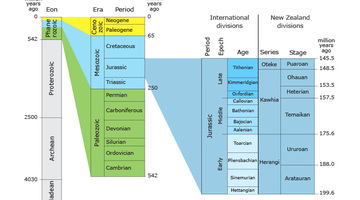
Many of us are familiar with some names for parts of Earth’s distant past. There’s the Jurassic, made famous in the movie Jurassic Park, and the Cretaceous, when dinosaurs roamed New Zealand, but ...
READ MORE

Relative dating is used to arrange geological events, and the rocks they leave behind, in a sequence. The method of reading the order is called stratigraphy (layers of rock are called strata) ...
READ MORE
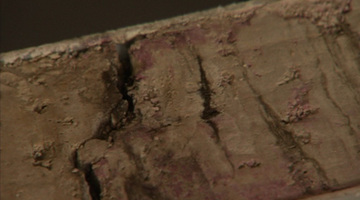
This timeline provides a look at some of the historical aspects in finding out the age of the Earth. Find about more the developments in how geologists find out the ages of rocks and fossils ...
READ MORE
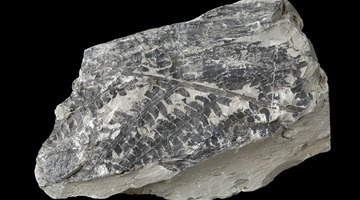
In this activity, students date fossils from one site by matching them to fossils already dated somewhere else. They use real data from Mangahouanga, made famous by paleontologist Joan Wiffen. By ...
READ MORE
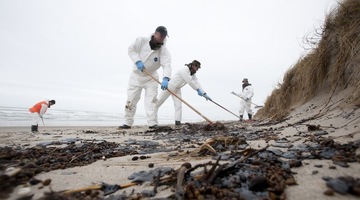
In this activity, students consider short-term and long-term responses to an environmental disaster such as the Rena. By the end of this activity, students should be able to: describe what might ...
READ MORE

In this activity, students research three aspects of biodiversity loss – direct species loss, habitat loss and pests and weeds. Rights: Lara Bieleski Coastal biodiversity An example of the ...
READ MORE
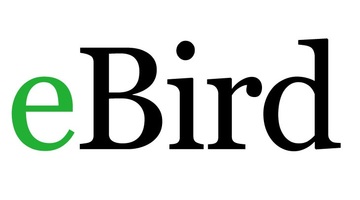
This comprehensive worldwide online citizen science (OCS) project collates bird species, numbers, locations and times of sightings into a large database. You can create a class as a user and, by ...
READ MORE
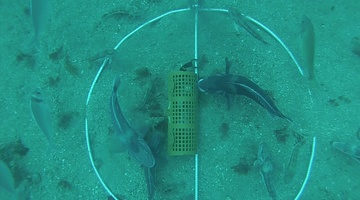
Come and visit Aotearoa New Zealand’s underwater world in this online citizen science project. Discover, count and identify unique fish species that live within our marine reserves ...
READ MORE
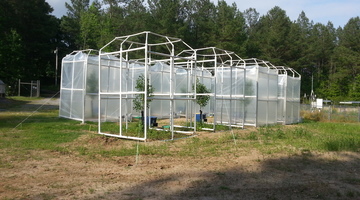
By comparing some features of fossilised plants with the same features of plants living today, scientists hope to be able to learn more about the effect of changing carbon dioxide (CO2) levels in ...
READ MORE
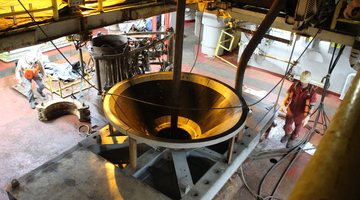
In this recorded professional learning session, Lyn Rogers and guest Aliki Weststrate from GNS Science explore some of the science involved in building our understandings of natural hazards ...
READ MORE

Both science and mātauranga pūtaiao build knowledge and understanding about our world. Often, we start with curiosity about something we’ve noticed and we want to find out more. At other times ...
READ MORE
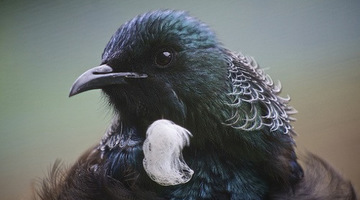
New Zealand is well known for its unique bird life. Our endemic birds evolved in an isolated, island environment. The arrival of people, the deliberate and accidental introduction of mammalian ...
READ MORE
Dr James Crampton explains that all geologists need to know the age of the rocks they work with. At GNS Science, important research continues to make the New Zealand geological timescale more ...
READ MORE
Dr Fiona Petchey from the Waikato Radiocarbon Dating Unit based at the University of Waikato, explains what an isotope is. She then focuses on the isotopes of carbon and explains how the ...
READ MORE
Dr Christine Prior is Team Leader of the Rafter Radiocarbon Laboratory at GNS Science. In this video, she compares conventional and accelerator mass spectrometry (AMS) radiocarbon dating. AMS is ...
READ MORE
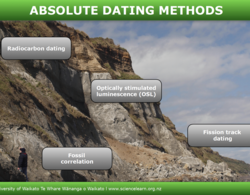
Absolute dating methods give rocks an actual date or date range in numbers of years. This interactive explores four different methods used in absolute dating.
READ MORE
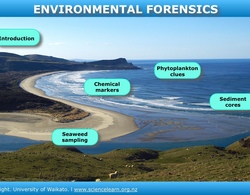
Dr Candida Savage explains the clues she collects in estuaries and fiords, to understand how changes in land use affect these environments. Click on the labels to watch the videos for more ...
READ MORE
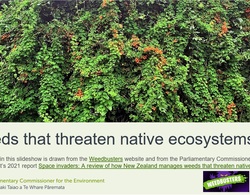
A slideshow of weeds and the adaptations that make them problematic in a New Zealand setting. Use the Slideshow menu for further options, including view full screen, and go here for the download ...
READ MORE